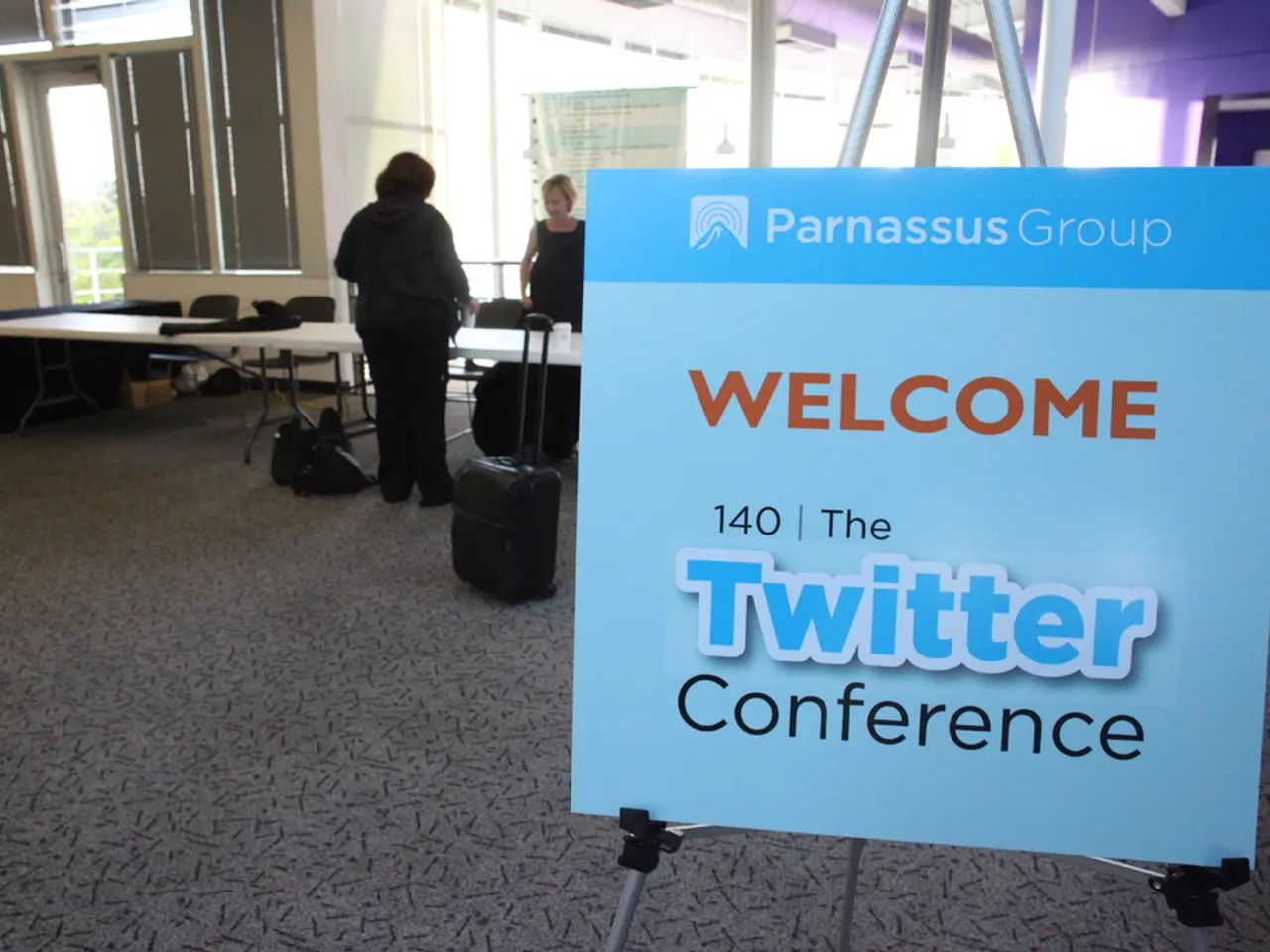Here are five strategies for seniors to access the internet at no cost:
=============================================================================
Staying connected in the digital world is essential for seniors, promoting engagement with loved ones and online activities that enrich their lives. Fortunately, there are several ways for seniors in the United States to access free or heavily discounted internet.
1. Lifeline Program Discounts
Eligible low-income seniors can receive a monthly discount of up to $9.25 on internet service, with even higher discounts (up to $34.25) available for those living on tribal lands. This discount is part of the Lifeline program administered by the Federal Communications Commission (FCC). To qualify, seniors must be enrolled in Medicaid, SSI, SNAP, or veterans benefits.
2. Free Public Wi-Fi Locations
Seniors can access the internet for free by visiting local libraries, senior centers, coffee shops, hotels, airports, and restaurants that offer free Wi-Fi hotspots. Popular chains providing such hotspots include McDonald’s and Starbucks.
3. Internet Provider Free Hotspot Access
Many internet providers offer nationwide free Wi-Fi hotspots to their customers and the public. Seniors with smartphones or laptops can take advantage of these hotspots by visiting their provider's Wi-Fi hotspot maps to locate free access points.
4. Low-Cost Internet Plans for Seniors
While not completely free, many internet providers like Xfinity, Spectrum, AT&T, and others offer low-cost plans tailored to seniors or low-income households with prices starting as low as $15–$30 per month. Spectrum also offers the Spectrum Internet Assist program for qualifying low-income seniors.
5. Senior Discounts and Special Offers
Certain providers offer senior-specific discounts or plans with reduced rates (though many are only for those 55+ or vary by state). For example, Consumer Cellular and T-Mobile have affordable plans with discounts for seniors or AARP members.
In summary, completely free internet at home is rare, but seniors can benefit from government discounts, free public Wi-Fi, provider hotspot access, and low-cost plans designed specifically for older adults or low-income households.
Seniors can check out the websites of the Affordable Connectivity Program, local Councils on Aging, and other relevant organizations to learn more about available resources for free internet access. Chain restaurants like Starbucks offer free Wi-Fi, providing a convenient option for active seniors who prefer a public space for limited internet use.
[1] Affordable Connectivity Program [2] FCC's Lifeline Program [3] Spectrum Internet Assist [4] Consumer Cellular [5] T-Mobile
- Technology, such as the Affordable Connectivity Program, can help seniors save on internet costs, providing a more enriching digital experience for those battling dementia.
- To complement their smartphones or tablets, seniors can utilize free public Wi-Fi locations like Starbucks, ensuring they stay connected while also maintaining mental stimulation that's beneficial for managing dementia symptoms.




